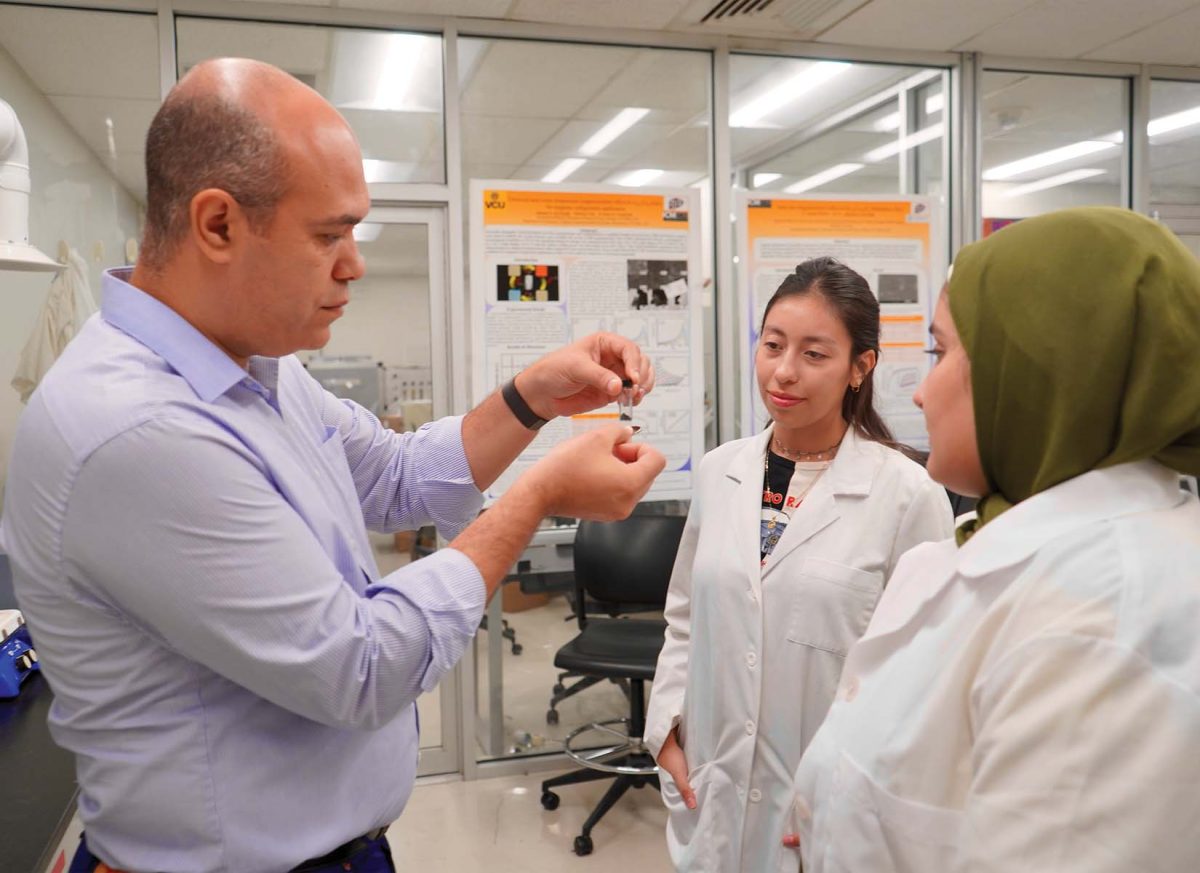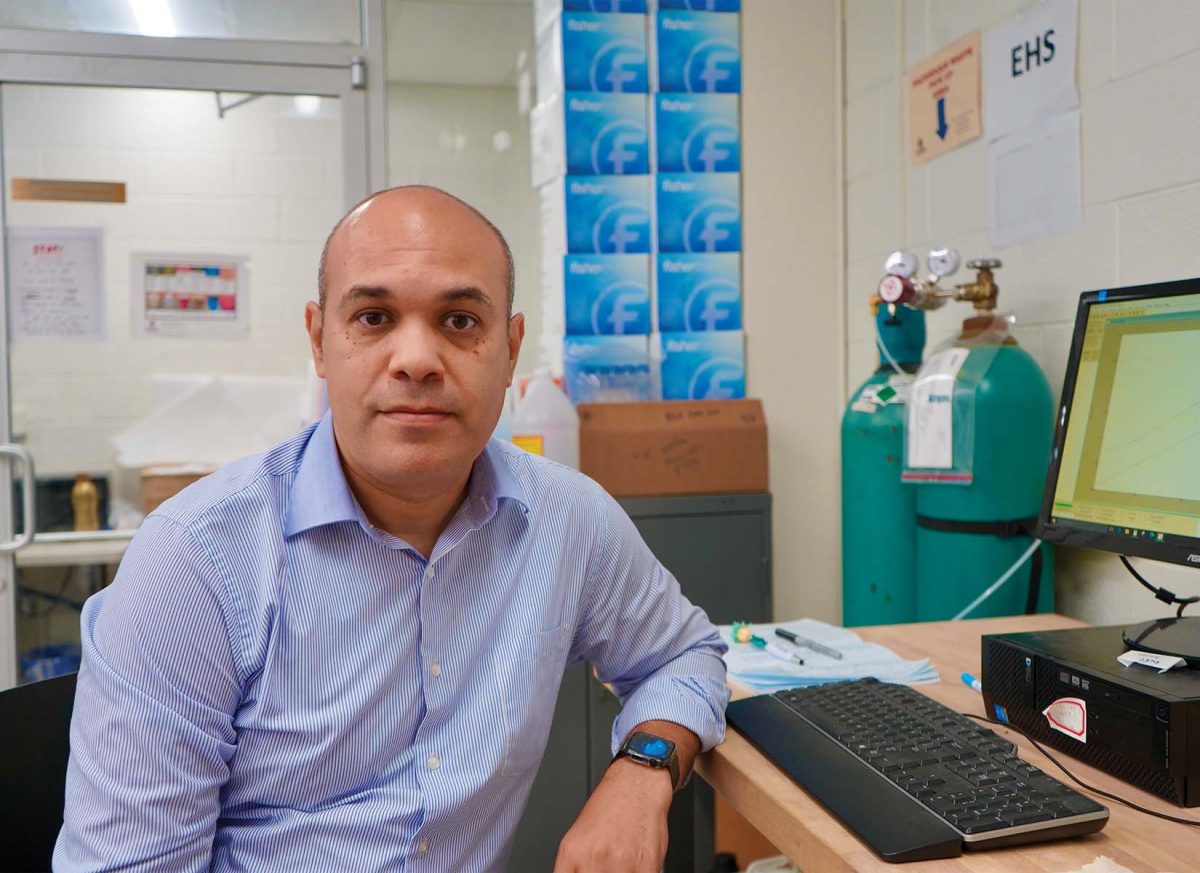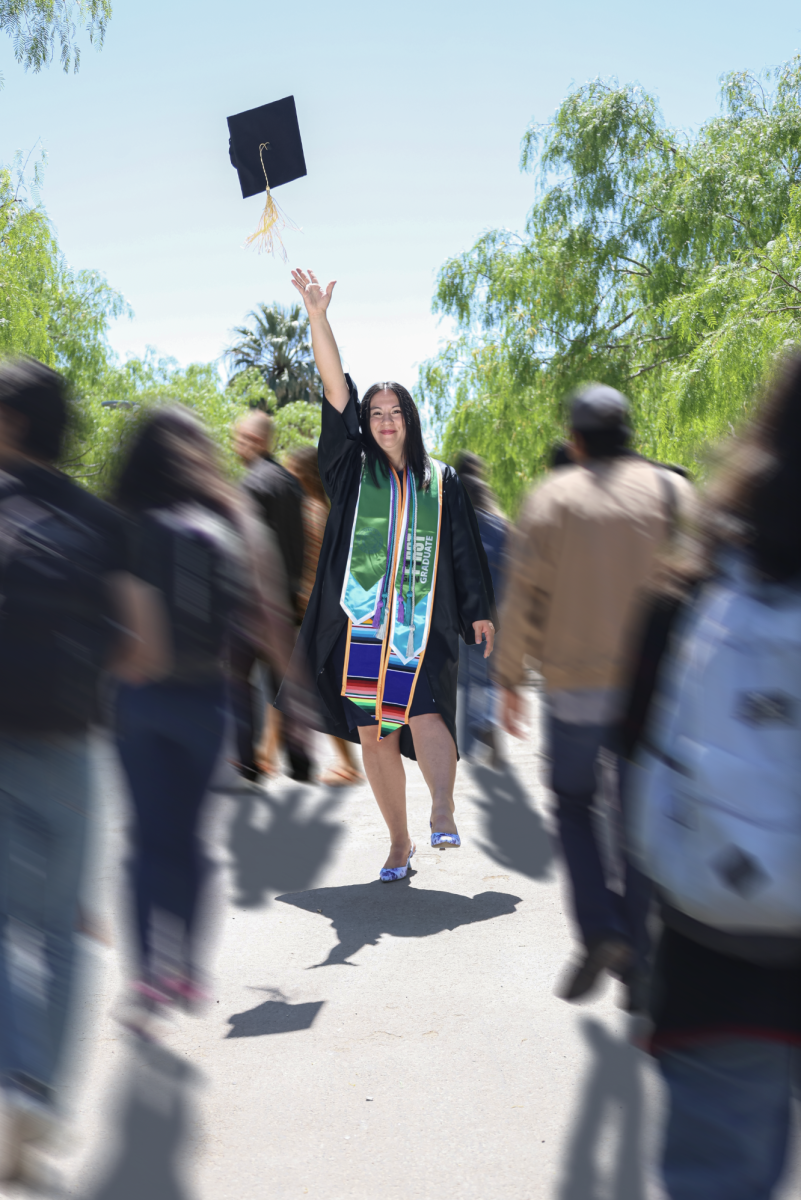Computers, magnets, and quantum physics. Some may wonder how these three topics relate. Until most recently, the three were combined by UTEP physicists who reported the creation of a new magnet that works more efficiently than quantum computing.
This accomplishment is allowing for faster progress on quantum computers, which affects every field.
Quantum computing may sound complex to the mind or a little like a superhero movie, so here is a little history. It is a science combining quantum mechanics and computer science. Proposed in the 1980’s by Richard Feynman and Yuri Manin and further promoted by Peter Shor in 1994, quantum computing was aiming to have more advanced computers using quantum mechanics.
The first successful quantum computer was in 1998 with efforts from multiple American physicists. Because of how recent research began on quantum computing, UTEP’s discoveries are significant.
Starting in 2019, this complex project was a trial-and-error process for UTEP physicists. Delays from COVID-19 further halted the progress of the research. UTEP physicists aimed to discover a material that works with quantum computing, but in room temperature. They say that unfortunately, traditional quantum computing only works in sub-zero temperatures, making it impossible for daily use even with its efficiency. Adding that the costs of cooling down the substance are expensive and outweigh the benefit of having a more enhanced computer.
With four years of hard work, the team of researchers consisting of UTEP professors and students led by Dr. Ahmed El-Gendy successfully created a new substance for quantum computing. Dr. Gendy says a combination of amino ferrocene and graphene proved to be a working magnet, like quantum computing at room temperature.
Dr. Gendy says four years of the trial-and-error research discouraged him and his team at first. He says the extreme and exhaustion of the research made many feel doubtful.
“The team in the beginning was saying ‘Oh it’s impossible, we cannot get it.’” Dr. El-Gendy said. “But I had to [encourage them by saying] ‘Okay guys we have to think in a different way.’”
He says intense pressure was commonly felt in the lab because any small mistake could cost the university time and money.
“If you make a single mistake in the census, you will end up having a magnetic nanoparticle which is what we don’t want,” Dr. El-Gendy said. “We would like to get magnets without it changing structure of the material.”
Even with the factors that were against them, Dr. El-Gendy’s team was able to accomplish their goal, creating a more efficient way of using quantum computing. The research team used their hard work and dedication to result in groundbreaking discoveries.
The newfound momentum of Dr. El-Gendy’s research team has now led them to begin working on applications of their new magnet besides quantum computing. For example, the magnets created by Dr. El-Gendy and his team can enhance other magnets such as those in the motor industry. The magnets are also applicable in the medical field as well. Dr. El-Gendy says his team has begun research towards nanomedicine and treating cancer cells.
A field of science as difficult as quantum computing may intimidate researchers, but the determination of these UTEP physicists has allowed them to make new discoveries, beginning with the spread of knowledge of quantum computing. Inevitably, the research started at UTEP will go on to solve the difficulties of many fields, improving how we work.
Sofia Sierra is a contributor and may be reached at [email protected]









